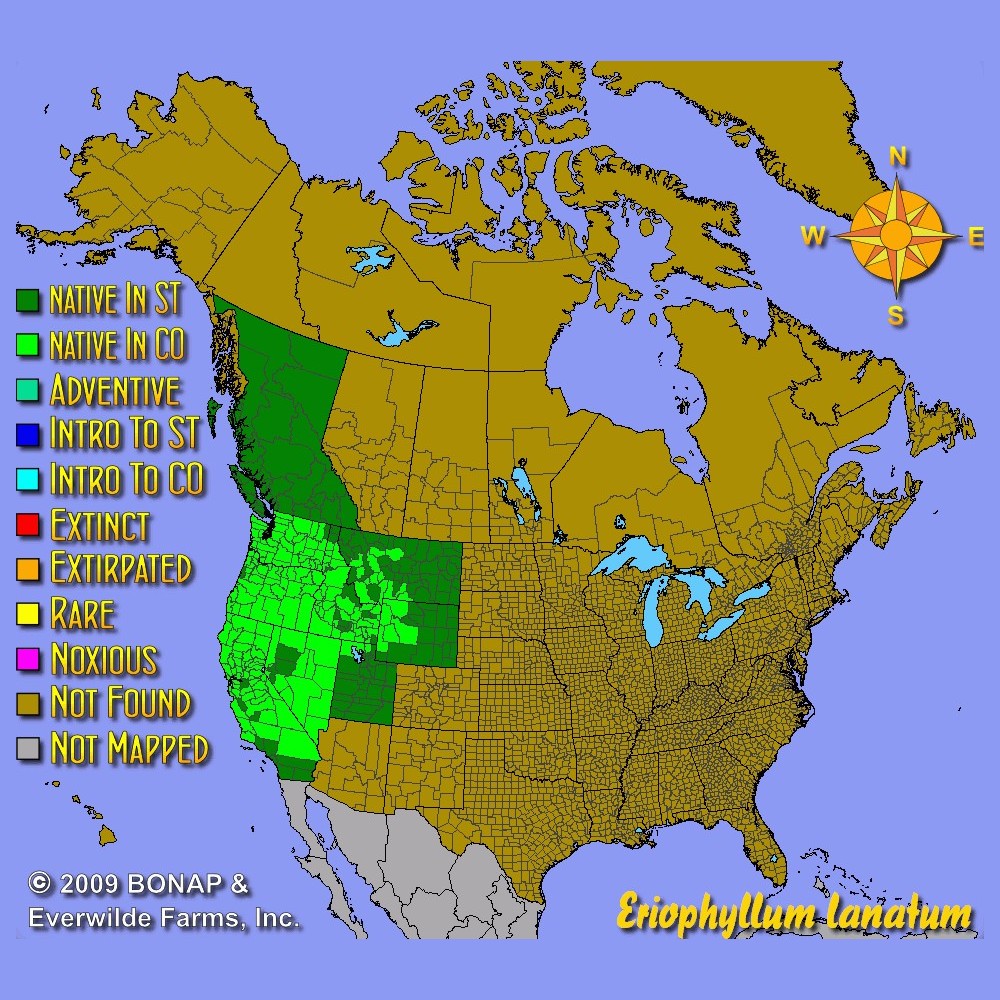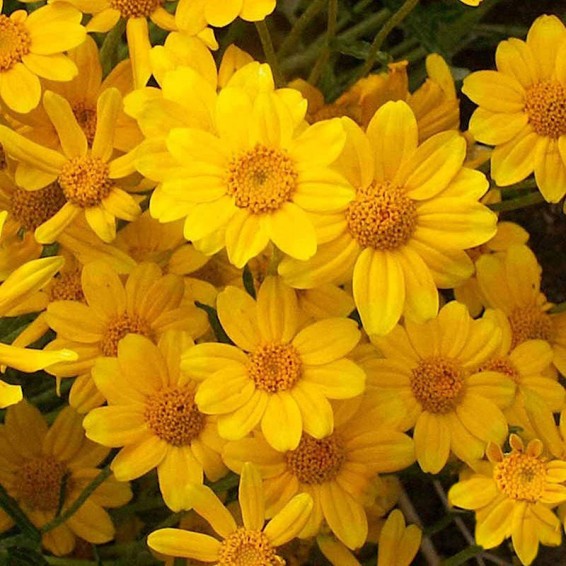Oregon Sunshine Seeds
- HOW TO GROW
- FAST FACTS
- REVIEWS
HOW TO GROW
Sowing: Direct sow in late fall, planting just below the surface. For spring planting, mix the Oregon sunshine seed with moist sand and store it in the refrigerator for 60-90 days before sowing. Thin or transplant seedlings.
Growing: This plant adapts well to areas with dry, rocky or sandy soil. Water seedlings until they become established. Mature plants tolerate drought well, and prefer dry soil. Excess moisture or poorly draining soil can cause disease. This plant develops quickly, blooming in their first season of growth. If blooming decreases, cut the plant back for new growth and blossoms. This plant spreads quickly if allowed to self-seed; to prevent this, remove the flowers after they have finished blooming but before the seed matures. This plant attracts butterflies and bees.
Harvesting: For fresh flowers, cut long stems of flowers that have just opened and place them in water immediately; strip the leaves that will fall below the water.
Seed Saving: After flowering, the plant will produce small seed heads with mature black seed. Harvest the heads as soon as they ripen, since they soon drop their seed. Remove the heads and spread them out to dry, then thresh them to separate the Eriophyllum Lanatum seed from the husk. Store the Oregon sunshine seed in a cool, dry place.
FAST FACTS
Common Names: Woolly Daisy, Woolly Sunflower
Latin Name: Eriophyllum lanatum
Species Origin: US Native Wildflower
Type: Native Wildflowers
Life Cycle: Perennial
USDA Zones: 4, 5, 6, 7, 8, 9, 10
US Regions: California, Mountain, Arid/Desert, Plains/Texas, Midwest, Northern, Northeast, Southeast
Seeds per Ounce: 112,000
Stratification: Cold/Wet for 8 Weeks
Germination Ease: Stratify 8 Weeks
Sunlight: Full Sun
Height: 16 Inches
Color: Yellow
Bloom Season: Blooms Late Spring, Blooms Early Summer
Uses: Cut Flowers
Best service ever
Our students wanted 200 packets of this beautiful flower for a spring event. I called and received the best services and it was prompt, friendly and they went beyond with special care. The order was shipped the next day and received quite timely. Thanks for everything!!
DESCRIPTION

HOW TO GROW
Sowing: Direct sow in late fall, planting just below the surface. For spring planting, mix the Oregon sunshine seed with moist sand and store it in the refrigerator for 60-90 days before sowing. Thin or transplant seedlings.
Growing: This plant adapts well to areas with dry, rocky or sandy soil. Water seedlings until they become established. Mature plants tolerate drought well, and prefer dry soil. Excess moisture or poorly draining soil can cause disease. This plant develops quickly, blooming in their first season of growth. If blooming decreases, cut the plant back for new growth and blossoms. This plant spreads quickly if allowed to self-seed; to prevent this, remove the flowers after they have finished blooming but before the seed matures. This plant attracts butterflies and bees.
Harvesting: For fresh flowers, cut long stems of flowers that have just opened and place them in water immediately; strip the leaves that will fall below the water.
Seed Saving: After flowering, the plant will produce small seed heads with mature black seed. Harvest the heads as soon as they ripen, since they soon drop their seed. Remove the heads and spread them out to dry, then thresh them to separate the Eriophyllum Lanatum seed from the husk. Store the Oregon sunshine seed in a cool, dry place.
FAST FACTS
Common Names: Woolly Daisy, Woolly Sunflower
Latin Name: Eriophyllum lanatum
Species Origin: US Native Wildflower
Type: Native Wildflowers
Life Cycle: Perennial
USDA Zones: 4, 5, 6, 7, 8, 9, 10
US Regions: California, Mountain, Arid/Desert, Plains/Texas, Midwest, Northern, Northeast, Southeast
Seeds per Ounce: 112,000
Stratification: Cold/Wet for 8 Weeks
Germination Ease: Stratify 8 Weeks
Sunlight: Full Sun
Height: 16 Inches
Color: Yellow
Bloom Season: Blooms Late Spring, Blooms Early Summer
Uses: Cut Flowers
Reviews
Review
Best service ever
Our students wanted 200 packets of this beautiful flower for a spring event. I called and received the best services and it was prompt, friendly and they went beyond with special care. The order was shipped the next day and received quite timely. Thanks for everything!!






